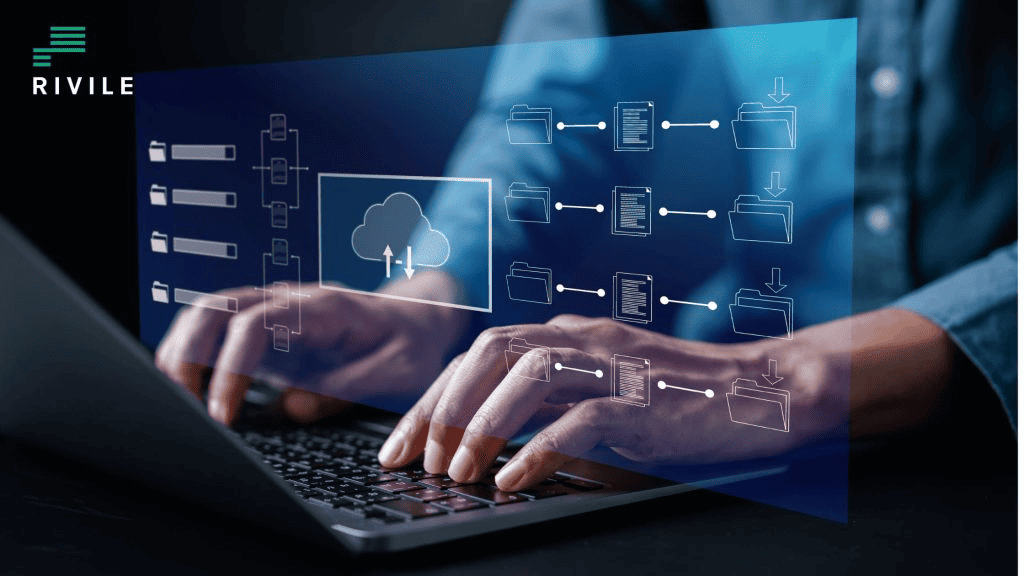Income and Expense Journal – Accountant’s Advice for Entrepreneurs

The income and expense journal is one of the main accounting documents that must be maintained by individuals engaged in individual activity and certain types of legal entities. Although it may seem like a formality at first glance, properly maintaining the journal helps not only to declare income accurately and on time but also to better understand the financial situation of your business.
It is an important tool for anyone who wants to grow their business consciously—by monitoring, analyzing, and managing income and expenses. In this article, we’ll discuss how to fill out the journal correctly, what data must be recorded, common mistakes, and what solutions are worth considering to simplify accounting.
Legal Regulation of the Income and Expense Journal
According to the laws of the Republic of Lithuania, maintaining an income and expense journal is mandatory for all individuals engaged in individual activity under a certificate, as well as for small partnerships (MB) that are not VAT payers or do not use double-entry bookkeeping.
The journal can be kept either on paper or electronically. It must be stored for at least 10 years, and entries must be made no later than the last day of the following month.
Structure and Completion of the Income and Expense Journal
The journal includes the following key data:
- Serial number
- Transaction date
- Document name, number, and date
- Transaction description (income or expense)
- Income amount
- Expense amount
- Allowable deductions (if applicable)
- Notes (if needed)
If the 30% allowable deduction method is chosen without invoices, it is sufficient to fill in only the income section. If expenses are substantiated, the expense section must also be completed.
Different Methods of Income and Expense Accounting
To clearly understand how to fill out the journal, it’s useful to use prepared templates—both in .pdf and Excel formats. Popular templates often include built-in formulas that automatically calculate total income, expenses, and allowable deductions at the end of the year.
Practical tip: At the end of the year, perform an inventory—check unsold goods, raw materials, or supplies and mark them separately in the journal.
Electronic or Manual Journal
Manual journal:
- No IT skills required
- More time-consuming
- Higher risk of errors
- Harder to analyze data
Electronic journal (e.g., Excel or specialized accounting software):
- Easier analysis
- Ability to use formulas and automation
- More efficient workflow
- Easier data protection
Using the Rivile ERP business management system, the journal can be fully automated, integrated with invoice issuance, and reports can be generated faster.
Income and Expense Registration in Lithuania and the EU
If activity is carried out not only in Lithuania but also in EU countries, additional requirements must be considered in accounting:
- Have invoices in a foreign language
- Apply VAT rates correctly according to international trade
- Maintain the journal in compliance with Lithuanian STI requirements
The income and expense journal is not just a tax obligation but also a great business management tool. A properly maintained journal helps save time at year-end and respond more quickly to financial changes. If you want to manage everything even more efficiently—Rivile ERP can become the foundation of your business accounting.
FAQ – Frequently Asked Questions
How often should I update the journal?
By law – no less than by the last day of the following month, but accountants recommend updating it at least once a week.
Do I need a separate journal for each activity?
Yes, if you have several different types of activities (e.g., consulting and trading), each should have its own journal.
How to record income and expenses in the journal based on the chosen accounting method?
- Cash basis – when money is actually received/paid.
- Accrual basis – when income is earned or expenses incurred, regardless of payment.
Can the journal be kept in Excel format?
Yes, it is even recommended. An electronic journal allows faster calculations, easier analysis, and better data storage.
Do I need to submit the journal to the STI?
No, but the journal must be presented to the STI upon request, so it must be kept for at least 10 years.


